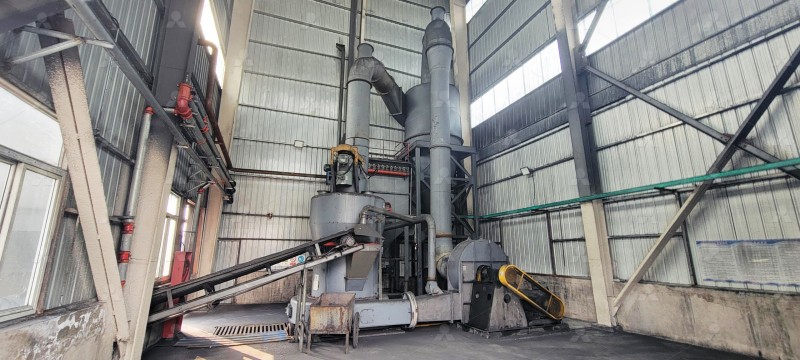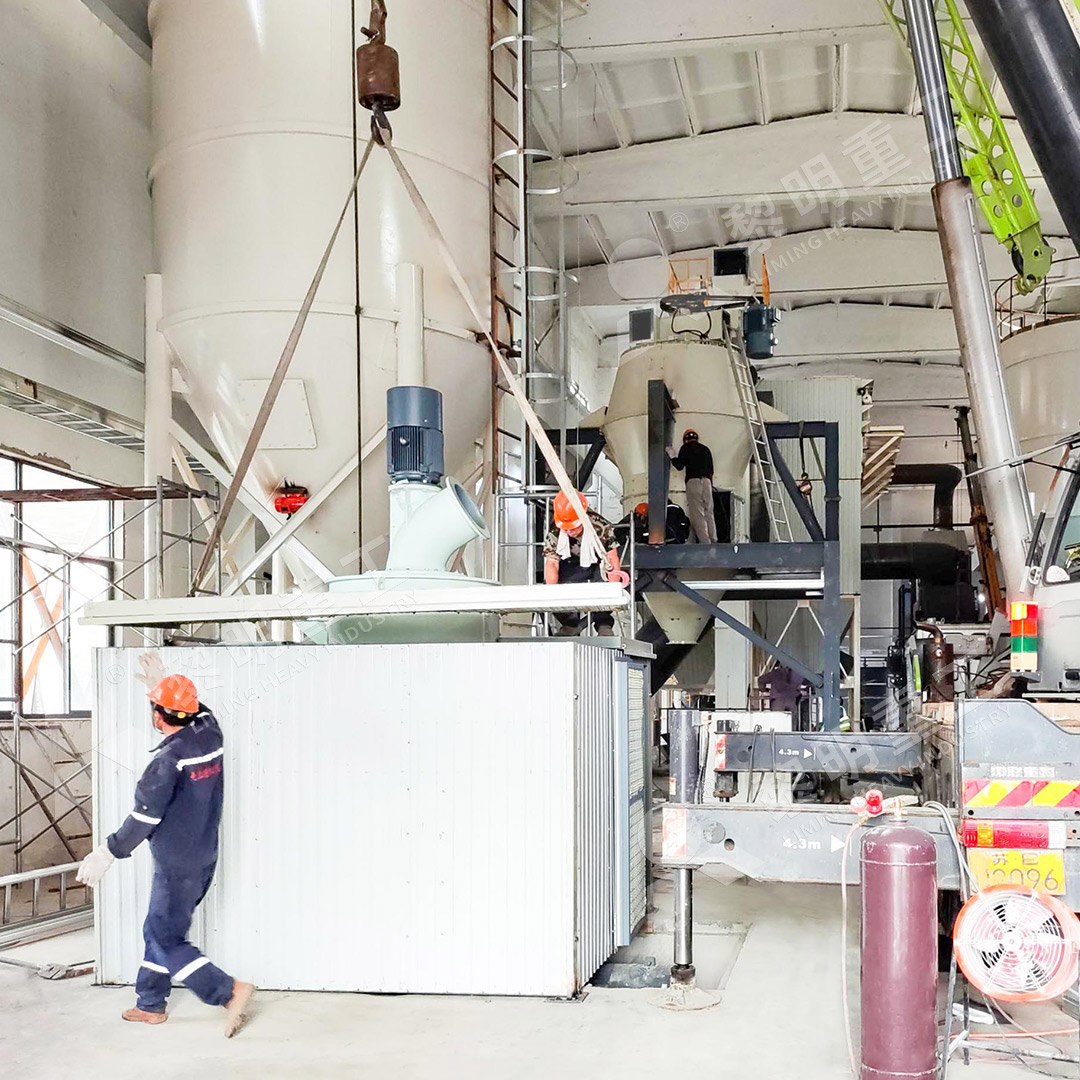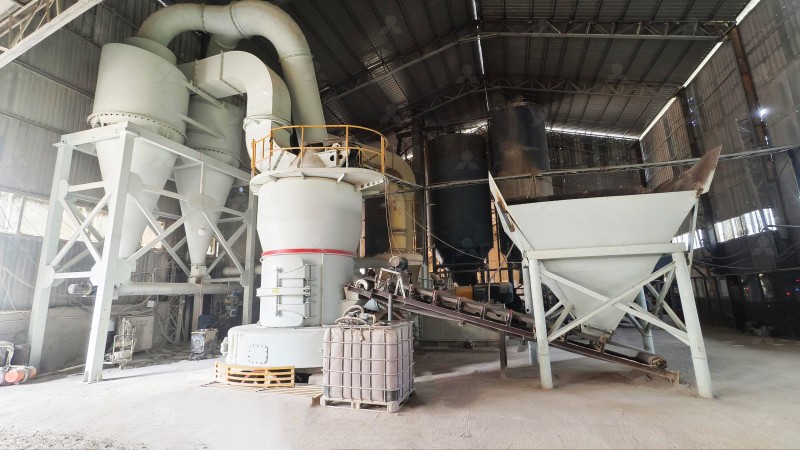Importance of Cement Mill Protective Equipment: A Comprehensive Guide [PDF Download]
Importance of Cement Mill Protective Equipment: A Comprehensive Guide
In the demanding world of cement production, protective equipment isn’t just an accessory—it’s a fundamental component that ensures operational safety, equipment longevity, and environmental compliance. The intense grinding processes generate significant dust, noise, and mechanical stress that can compromise both worker safety and equipment performance without proper safeguards.
Why Protective Systems Matter in Cement Milling Operations
Cement milling operations present multiple challenges that require comprehensive protective solutions. The grinding of raw materials and clinker generates substantial dust particles that can pose respiratory hazards to workers and contaminate surrounding environments. Additionally, the mechanical components involved in grinding processes are subject to extreme wear and potential failure without adequate protection.

Modern protective systems address these challenges through integrated solutions that include advanced dust collection, noise reduction technologies, and mechanical safeguards. These systems work in concert to create a safer working environment while simultaneously improving operational efficiency.
Key Protective Components for Cement Mills
Effective cement mill protection encompasses several critical systems:
- Dust Collection Systems: High-efficiency pulse dust collectors capture fine particles before they escape into the atmosphere or work environment
- Noise Reduction Equipment: Mufflers and acoustic enclosures minimize noise pollution, protecting worker hearing and reducing environmental impact
- Mechanical Safeguards: Advanced monitoring systems detect abnormal vibrations, temperature fluctuations, and potential mechanical failures
- Fire and Explosion Protection: Specialized systems detect and suppress potential combustible dust incidents
Advanced Grinding Solutions with Built-In Protection
Modern grinding equipment increasingly incorporates protective features directly into their design. For operations requiring ultra-fine powder production, the MW Ultrafine Grinding Mill represents this integrated approach to protection and performance.

This advanced mill comes equipped with an efficient pulse dust collector and muffler system that significantly reduces both dust emissions and operational noise. The machine’s design eliminates rolling bearings and screws within the grinding chamber, removing common failure points and enhancing operational safety. With capacities ranging from 0.5-25 tph and the ability to handle materials up to 20 mm input size, it delivers protected performance across various applications including limestone, calcite, dolomite, and other industrial minerals.
Environmental Compliance Through Advanced Protection
Regulatory requirements for cement production continue to tighten globally. Modern protective equipment isn’t just about meeting minimum standards—it’s about exceeding them while maintaining operational efficiency. The integration of environmental protection directly into equipment design represents the current industry standard.
For vertical grinding applications, the LUM Ultrafine Vertical Grinding Mill demonstrates how protective features can enhance both safety and performance. Its double position-limiting technology prevents destructive impacts during operation, while the reversible structure simplifies maintenance access, reducing worker exposure to potential hazards during servicing.

Implementing Comprehensive Protection Strategies
Successful protective equipment implementation requires a systematic approach:
- Risk Assessment: Identify specific hazards in your milling operation
- Equipment Selection: Choose mills with integrated protective features
- Regular Maintenance: Establish preventive maintenance schedules for protective systems
- Worker Training: Ensure operators understand protective system operation and importance
- Performance Monitoring: Continuously track protective system effectiveness
Frequently Asked Questions
What are the most critical protective systems for cement mills?
Dust collection systems are paramount for respiratory protection and environmental compliance. Additionally, mechanical safeguards that prevent catastrophic equipment failure and noise reduction systems for worker protection are equally essential.
How do modern grinding mills integrate protective features?
Advanced mills like the MW Ultrafine Grinding Mill incorporate protection directly into their design through features such as external lubrication systems, pulse dust collectors, and elimination of internal failure points like rolling bearings in grinding chambers.
What capacity range should I consider for protective equipment?
Protective systems must match your mill’s operational capacity. For ultra-fine grinding applications, equipment like the MW Ultrafine Grinding Mill offers protected operation across a 0.5-25 tph range, suitable for various production requirements.
How does protective equipment impact operational costs?
While requiring initial investment, comprehensive protective systems reduce long-term costs through extended equipment life, reduced downtime, lower maintenance requirements, and avoidance of regulatory penalties.
Can protective features be added to existing mills?
Many protective systems can be retrofitted to existing equipment, though integrated solutions like those found in modern grinding mills typically offer superior performance and reliability.
Download our complete guide to cement mill protective equipment for detailed specifications, implementation strategies, and regulatory compliance information.
